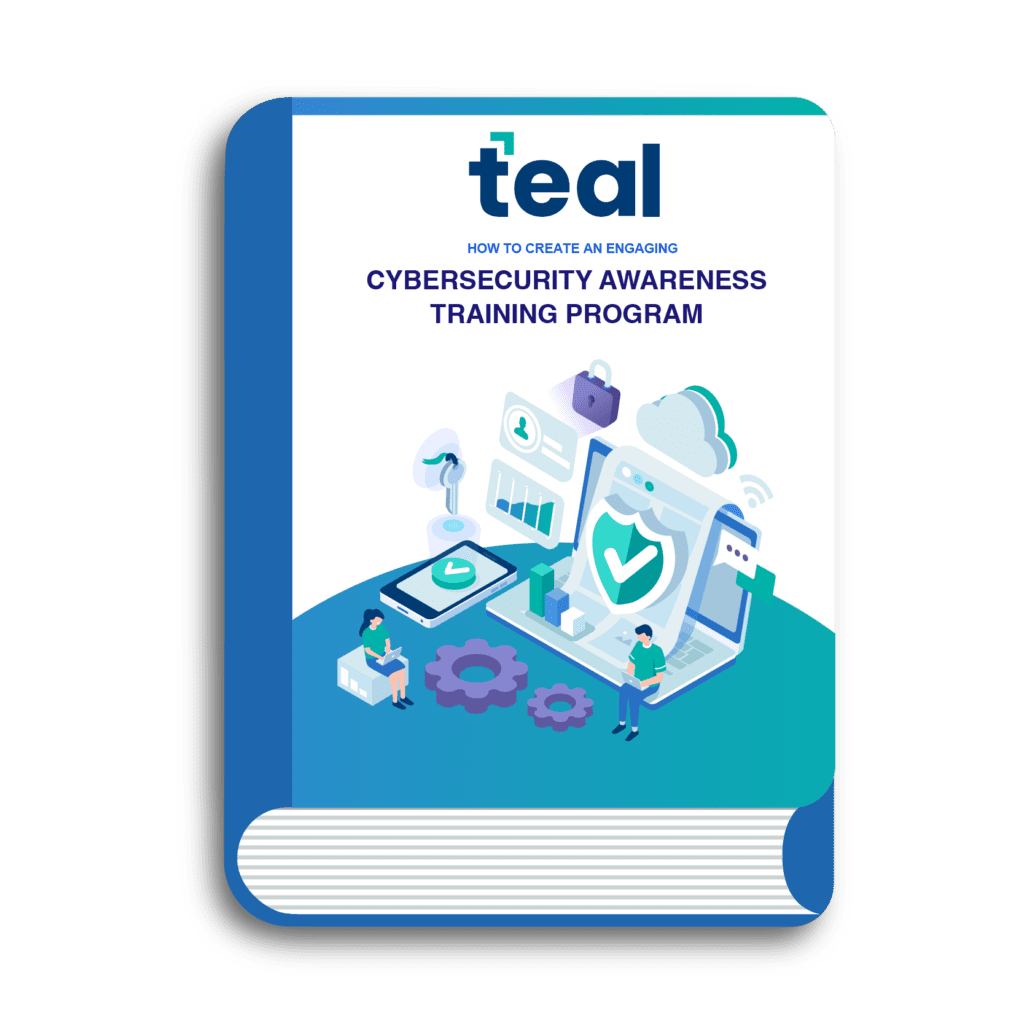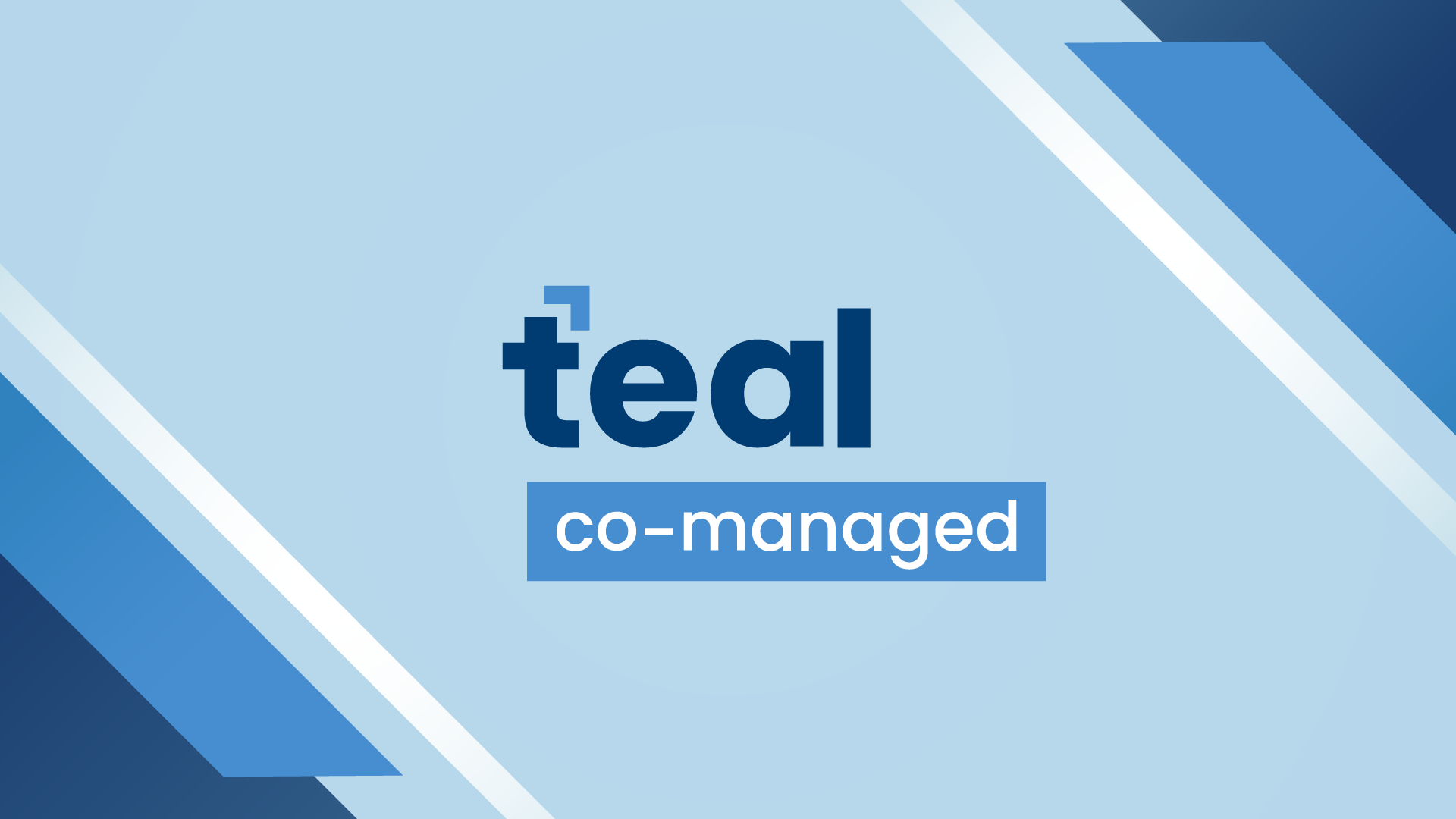Debunk common cybersecurity myths to reduce risk and avoid costly fallout.
Cybersecurity is a topic that comes up on a daily basis when we talk with our clients. This comes as no surprise with the increase in cybercrime across the world. Cybercrime cost the world $3 trillion in 2015.
Now, the International Monetary Fund projects that number will reach $23 trillion by 2027 – a staggering 175% increase from 2022.
As cybercrime becomes more commonplace, it’s more important than ever to stay informed on the latest and most accurate cybersecurity insights to future-proof your business.
Below are seven common cybersecurity misconceptions—and the reality behind them.
Table of Contents
7 Cybersecurity Myths SMBs Need to Avoid
1. Your business is too small to be targeted by hackers.
Reality: Small businesses made up over half of last year’s breach victims.
The news often highlights high-profile cyberattacks against larger entities, which may mislead many small businesses to feel they are safe from being targeted.
In reality, all businesses regardless of size are at risk. According to the 2021 Verizon Data Breach Investigations Report, 46% of all cyber breaches impact small and medium-sized businesses.

Learn the financial impact of cyber threats on your business’s data. Plus, unlock the financial implications of in-house vs. outsourced cybersecurity.
2. Strong passwords are enough to keep your data.
Reality: Two-factor authentication and data monitoring are also needed.
Strong passwords are an important foundation of good cybersecurity practices for businesses. However, hackers’ password cracking techniques grow more sophisticated each day and a strong password alone does not provide enough protection against unauthorized access.
Multi-factor authentication, which relies on a piece of personal information beyond your password to grant access to an account, is an important way to safeguard your accounts against breach even if your password becomes compromised.

Strong passwords are the foundation of your business’s cybersecurity strategy. Without them, your organization could be vulnerable to costly breaches and cyberattacks. Add these best practices to your password policy.
3. If Wi-Fi has a password, it’s secure.
Reality: Any public WiFi can be compromised, even with a password.
Public Wi-Fi is convenient, but far from secure.
Whether you’re at a hotel, coffee shop, airport, or train station, connecting to free Wi-Fi puts your data at risk. Even if the network requires a password, anyone using that same password could potentially intercept sensitive information you’re transmitting.
Assume public Wi-Fi is compromised, and act accordingly.
4. Antivirus software will keep your business completely safe.
Reality: Software can’t protect against all cyber-attacks.
While antivirus and anti-malware tools offer valuable protection, they can’t stop every type of cyberattack. Hackers constantly evolve their tactics to bypass these defenses, using sophisticated techniques that are often undetectable until it’s too late.
5. Cybersecurity threats are only external.
Reality: Insider threats are just as likely, whether from human error malicious intent.
While third-party threats are certainly a concern that should be monitored extensively, a comprehensive security plan requires that internal threats be watched just as closely.
Research suggests that insider threats, whether from human error or malicious intent, account for nearly three-quarters of data breaches. It is vital to have a system in place to deter and monitor these types of threats.
6. Annual employee security awareness training is sufficient.
Reality: Regular phishing exams and training prepares employees to recognize attacks.
Training your team in cybersecurity awareness is one of the most effective – and overlooked – ways to protect your business and bottom line.
Despite its proven impact, employee training remains the most underfunded area in cybersecurity. And once-a-year sessions aren’t enough. Today’s threats simply evolve far too fast.
Employees who receive ongoing, practical training are much more likely to spot phishing attempts and stop attacks before they start – making them one of your strongest lines of defense.

Learn how to implement an engaging and successful cybersecurity awareness training program.
7. Cybersecurity is solely the IT Department’s responsibility.
Reality: Every staff member should be familiar with good cybersecurity practices.
Cybercriminals aren’t just targeting networks. They’re targeting people.
According to the 2019 Official Annual Cybercrime Report, over 90% of successful breaches start with a phishing email. All it takes is one click, one opened document, or one misdirected message to compromise your organization.
That’s why every employee plays a critical role in cybersecurity.
They must know how to recognize threats, respond appropriately, and report suspicious activity because today, human error is the front door to most cyberattacks.
Outsource the Risk, Gain the Expertise
Managed IT services offer a powerful way for SMBs to close cybersecurity and IT resource gaps without the overhead of building an in-house team. With 24/7 monitoring, expert support, and access to enterprise-grade tools, you gain the protection and performance larger companies enjoy, at a fraction of the cost.
This proactive model helps prevent issues before they disrupt your business and ensures compliance and data security stay on track. Contact us today if you’d like to learn more.
Step-by-Step Cybersecurity Strategy
Prefer a DIY approach? Put our cybersecurity expert’s proven strategy into action.
This practical guide walks you through the foundational controls every small business needs to defend against today’s threats.
You’ll get:
A clear snapshot of today’s evolving cyber threat landscape.
Insights into how those threats uniquely impact small businesses.
A self-assessment checklist to gauge your current cybersecurity posture.
10 essential cybersecurity actions you can start today.
6 advanced defenses to layer on once your foundation is strong.
Discover 16 essential cybersecurity controls your small business needs to reduce risk and avoid costly damages associated with a cyberattack.













